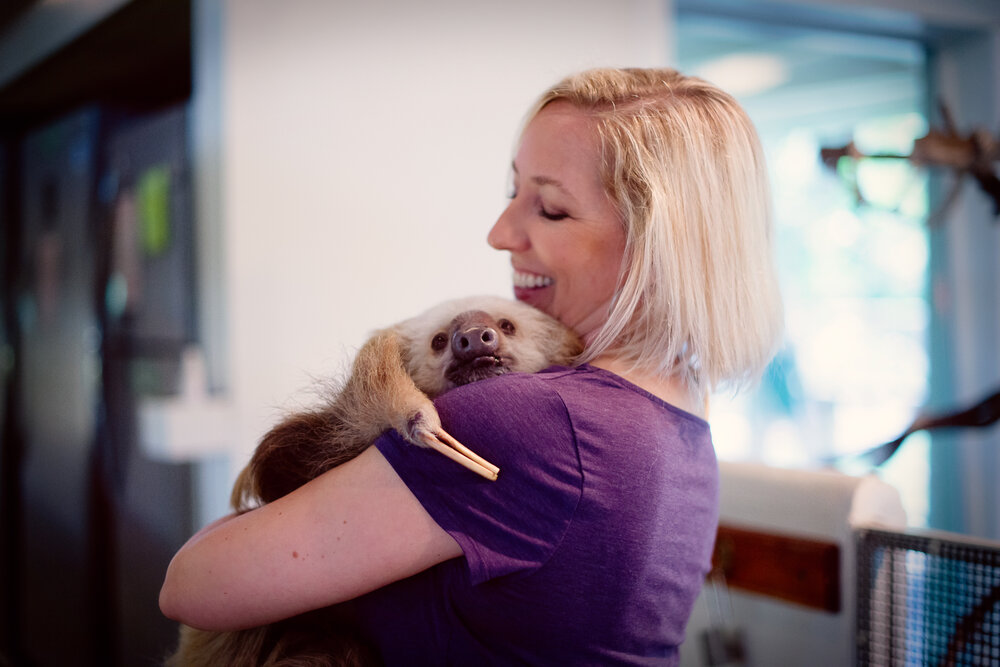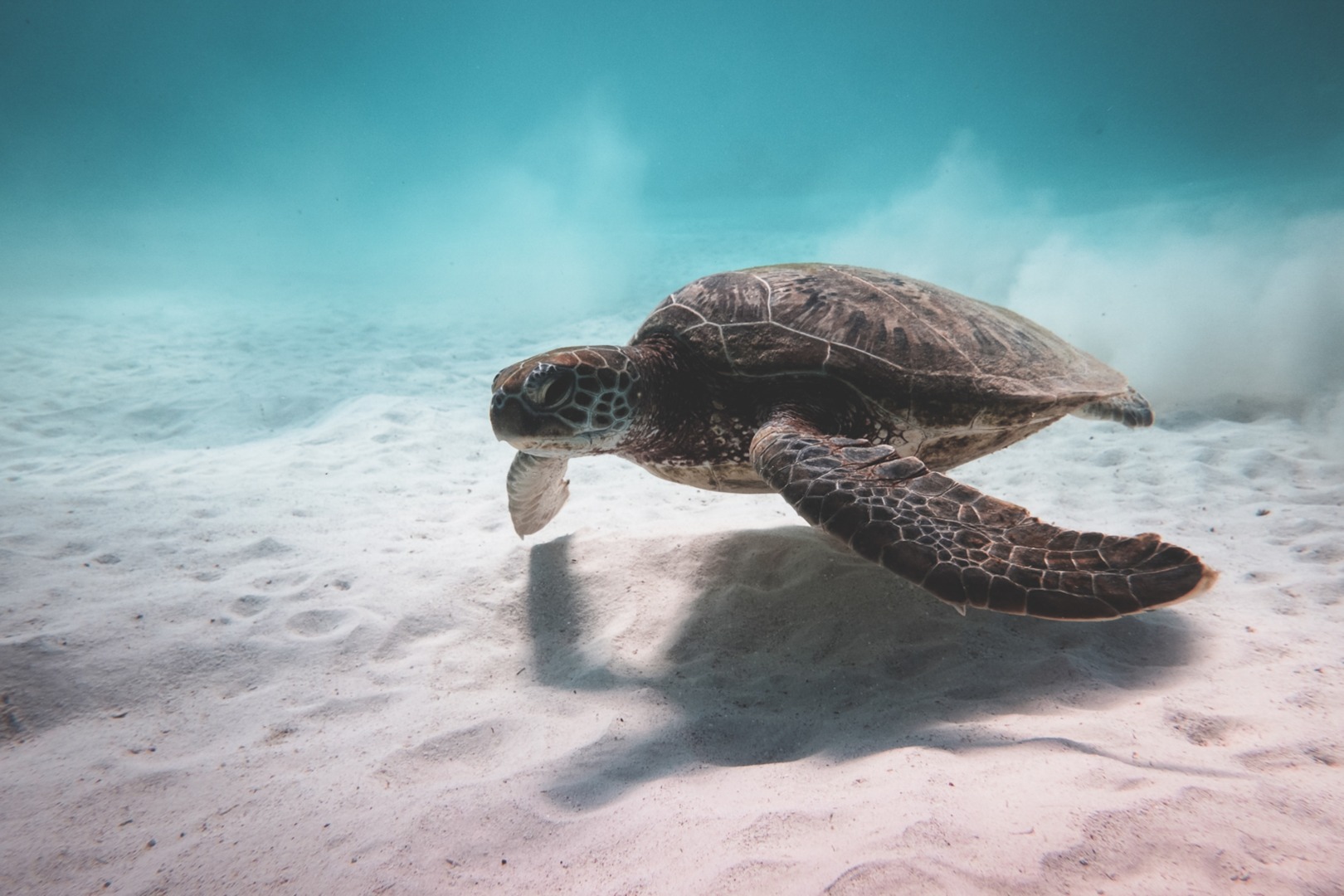What do most organizational cultures worldwide have in common? The answer is simple – homogenous groups of male leaders dressed in suits. Eco-leadership strives to change this. As it brings diversity, collectivism, and purpose into the workplace, it revolutionizes traditional paradigms of corporate leadership.
Embodying an ecologically conscious model of leadership, eco-leadership prioritizes connectivity over productivity.
Ideas come from all kinds of persons in all kinds of situations. Yet, due to implicit biases, companies refuse to boost organizational diversity. Their primary mission lies in maximizing profit, rather than cultivating community spirit. In other words, traditional organizations are institutional-centric – they’re designed to accommodate the company, not its workforce.
Since the 19th century, leaders have been increasing productivity through control. It all started when the factory system came into existence. Fred W. Taylor pioneered the scientific management theory for factory work that streamlined workflow via surveillance. He centralized decision-making and resource management. As a result, capitalist employers decomposed tasks to individual workers, granting them no say in the operations of the business.
The efficiency craze of Taylorism lingers to this day – companies weld labor into a speedy human machine. The controller leadership discourse treats employees as replaceable human capital. It eliminates group cohesion, leaving marginalized groups outside the upper echelons.
This patriarchal style of leadership reenacts commonly held perceptions, prejudices, and power dynamics of the modern world. Rooted in militarism thinking, it breeds workplace dissatisfaction and alienates minority groups.
As leaders make decisions from the top down, they create hierarchical, rather than inclusive workplace cultures. The employee’s title determines their privilege, authority, and ability to influence organizational objectives. The organizational rank grants workers power over, rather than power with others.
Hence, it’s no surprise that minority groups struggle with making their voices heard. From “playing nice” to working extra hours, they silently navigate through power imbalances to prove themselves worthy.
As Teresa Cardador reveals to Women At Work, women who enter male-dominated fields, such as engineering or tech, put up with various prejudices and microaggressions. She claims that the pressure that society puts on women to “change their behavior or figure out how to talk to people differently” is a form of victim-blaming. Rather than fixing leadership, these recommendations blatantly overlook broader cultural and systemic issues.
After all, in organizational life, the workplace acts as a theater with unwritten rules of what cannot be said or done in society at large. For this reason, workplace elitism serves as a microcosm of its broader, societal counterpart.
Eco-leadership disrupts rigid systems by taking on holistic, inclusive, and ethical approaches toward human organizations.
To tackle global issues of inequality, It’s right about time we embrace people-conscious, embodied eco-leadership, which builds the institutional vision upon integrity, truth, and meaningful relationships.
Eco-leadership represents a complex synergy of internal and external eco-systems. It builds supportive networks, bridges silos, and encourages inclusive organizational architectures. Eco-leadership extends to all realms of governance, including ethics, social responsibility, inclusivity, and sustainability. Ultimately, it fosters adaptive organizations that easily adjust to external shifts.
Traditional, ego-centric leaders fall victim to tunnel vision, short-termism, and a lack of meaningful collaboration. Eco-leaders, on the other hand, find the right balance between grit and flexibility. They adapt quickly to uncertainty while guiding others through creativity and intuition. Caring for people and the planet, they respond to stakeholders, competitors, and environmental trends on a regular basis.
In her “Wisdom From The Wild: The Nine Unbreakable Laws of Leadership From the Animal Kingdom, Julie C. Henry explores eco-leadership in non-human contexts. The book introduces key leadership styles from the animal kingdom, which can guide aspiring activists towards a better tomorrow.
A former zoo and aquarium senior leader, Julie C. Henry has worked across fifty-five organizations across corporate, nonprofit, government, and community fields. An animal lover at heart, she specializes in zoology, communication, and sustainable business leadership. This makes Henry a true ambassador of eco-leadership, which she channeled not only through her career but also through activism.
Fascinated by her multi-faceted background, we asked the author a few questions on the sustainability movement, self-empowerment, and life lessons. These are some highlights of our conversation about the universal wisdom of the wild:
How should we as everyday citizens leverage our leadership instincts to lead the sustainability movement?
Leadership skills are very important when shifting the world around you. They’re not tied to a job title or career aspirations – when you think of making a change, revert to your inner leader and connect with who you’re speaking to on a deeper level.
As someone who has worked across different sectors like corporate, government, and non-profit, how did animal hierarchies help you become a leader?
Keeping animals on top of my mind allowed me to realize the scope of my work. Whether it’s a small non-profit or a big corporation, humans organize themselves just like animals – they fit into niches and use their resiliency muscle to make a change. For instance, cheetahs slow down – no matter how old they are, how fast they run, or how successful they are, they always take a break. And so should humans.

What is the resilience muscle and how does it exhibit itself in the animal world?
Resiliency is a biological fact – an unbreakable law of nature that ensures survival. Pelicans will fly over and look for fish only to sit on the water, getting their energy up for the next hunt. Cheetahs run and whether they catch the prey or not, they take a break.
And how do leaders nowadays define resiliency? They either over-glorify busyness or use toxic positivity, forgetting that resiliency is always followed by rest. You’re going to slow down eventually – so, are you going to be proactive about it or let nature do it for you?
How should we as everyday citizens leverage our leadership instincts to drive the sustainability movement?
As people, we are tied and affected by our surroundings more than we’d like to admit. So, if you’re constantly surrounded by technology, bad food, or toxic people, you are simply not positioning yourself for success.
You walk into the room and people say, “should you even be here? Go away!” But regardless of others’ opinions, naked mole rats show up as naked mole rats. They’re amazing creatures that are immune to cancer and live in colonies like bees. So, forget that you’re a human for a minute and embrace your inner naked mole rat!
Why don’t you pretend like you’re a sea cucumber? When it’s threatened, it actually throws up its own guts, and the predator either swims away or eats it. And the best part of it all? when the threat is gone, the sea cucumber simply regrows its own guts.
In the book, you mention that “change is constant, but it doesn’t have to be chaos.” How do animals establish order in the middle of chaos?
Animals don’t try to make something out of chaos. They simply evolve through it.
Things are always different when you walk outside – have you ever seen a sunset that looks the same? have you been to the ocean that doesn’t evolve tide after tide? In the midst of change, animals are not fighting it – they are rolling with the punches and working together within their own niches. Most importantly, they’re not derailed by change, but they’re not running away from it either.
We, humans, are afraid of uncertainty. This is exactly where nature comes into play. As an ever-changing part of the universe, it reminds us of our unrealistic expectations.

Lastly, what can baby sea turtles teach us about feeling stressed, overwhelmed, or lost?
Once the mother sea turtle comes up on the shore and lays her nest, she goes back into the water, never seeing her offspring again. Subsequently, up to a hundred of her eggs hatch up on their own. Once the babies leave their nest, they’re 100% reliant on instinct and the magnetic pull of the earth. They fearlessly go through the water and follow the tides, dodging various predators like raccoons, crabs, and fish on the way.
When we, as humans, are stressed and overworked, leaning into the purpose – the reasons why you’re doing what you’re doing or why you’re here on earth – helps tremendously. Rely on your inner compass just like the sea turtle does.
Above all, what “Wisdom From The Wild” demonstrates is how eco-leadership frees us from personal, cultural, and social limitations.
Non-inclusive organizational settings pose challenges to information-seeking, agency, and self-empowerment. Luckily, it’s possible to reclaim your inner eco-leader. Through interdependence, you can find mentors, build your resilience muscle, and gain clarity about what’s expected of you. Like Henry mentions, you need to lead yourself before you lead others:
There are the sorts of moments that make us who we are, the moments when we choose to lead ourselves first before we earn the right to lead others – the moments when we dig in and change the trajectory of our path, when we choose bravery over blanket acceptance of what is, and wonder instead about what could be.
– Julie C. Henry, Wisdom From The Wild, Preface

With the imminent climate crisis, activists find it challenging to find collective solutions to modern-day problems. It’s helpful to keep in mind that innovation necessitates entrepreneurial thinking. In the times of struggle, eco-leaders must consult nature around them to garner new insights. Like animals, they must replenish their energy, generating new ideas for survival.
Hence, with a myriad of animal hierarchies, nature acts as a guiding light for those in search of leadership advice. It equips all beings – both human and non-human – with actionable tools for peaceful cooperation. Simply honing our primal instincts, we can muster the power to transform organizational structures, creating a sustainable future for the planet.
Nature is always teaching us, if we have the presence of mind to listen
– Julie C. Henry, Wisdom From The Wild, Preface
Editor’s Note: The opinions expressed here by Impakter.com columnists are their own, not those of Impakter.com. In the Featured Photo: Vandana Shiva. Featured Photo Credit: Pexels, About 4 — Julie C. Henry (juliechenry.com)











